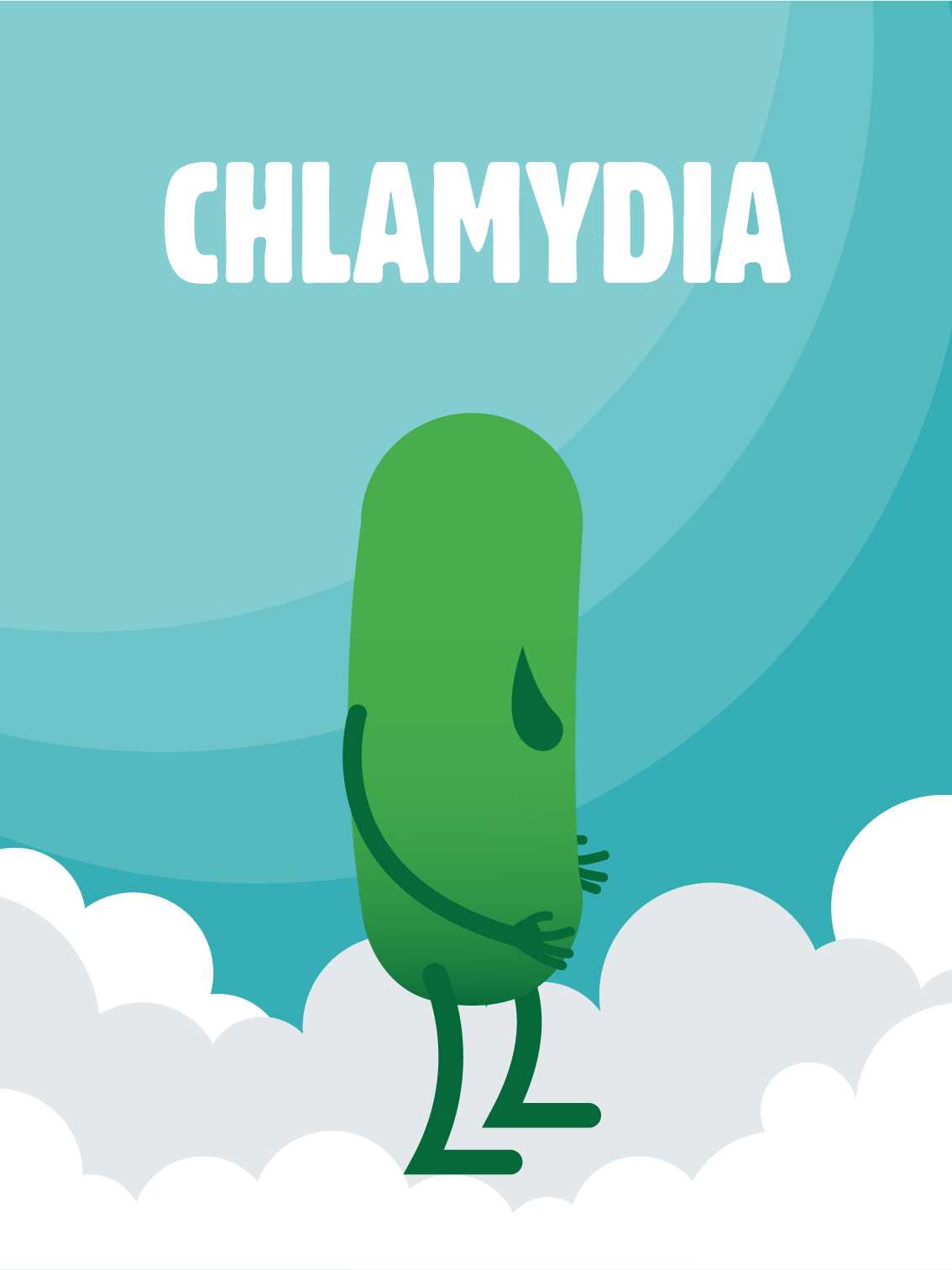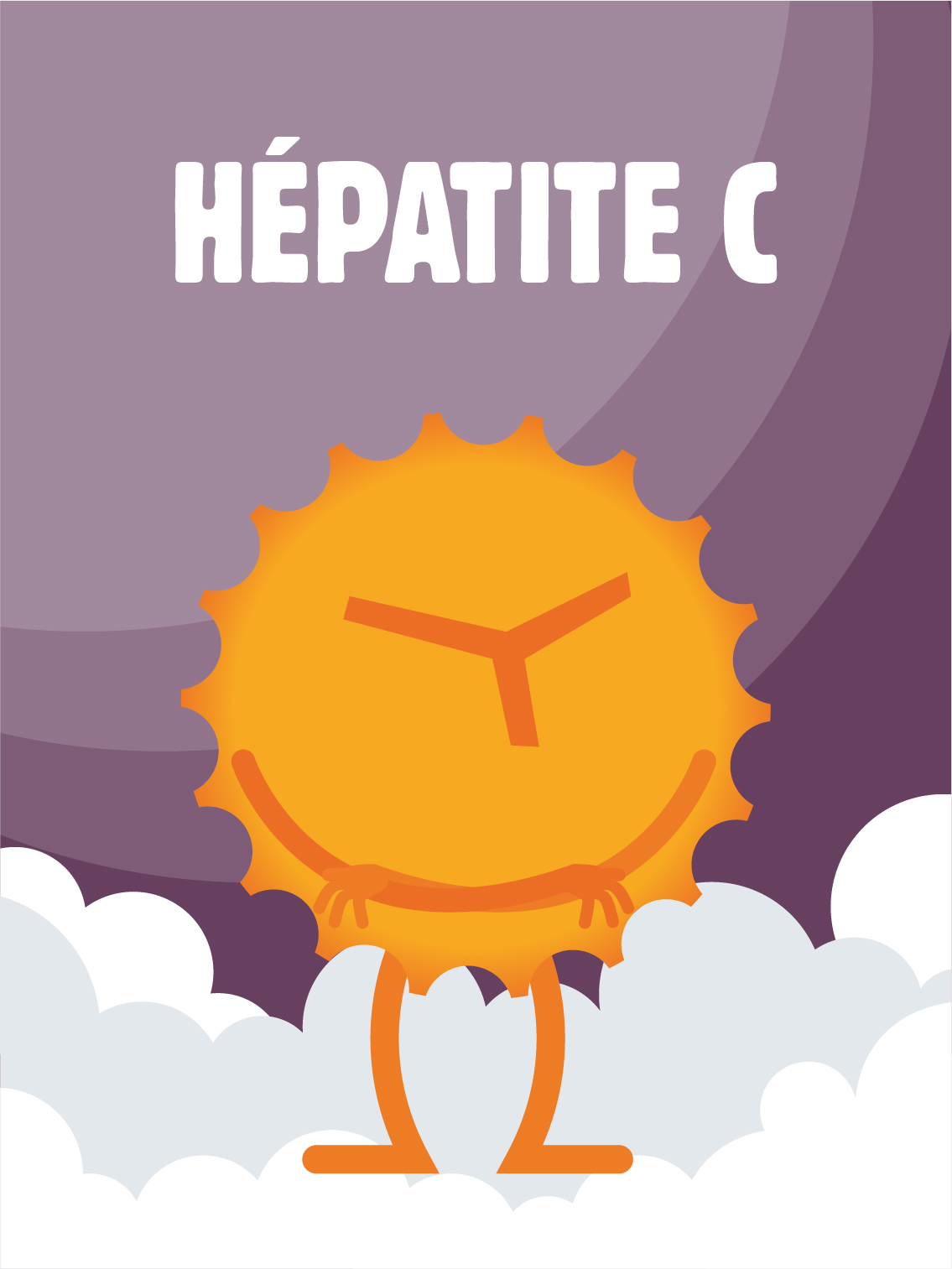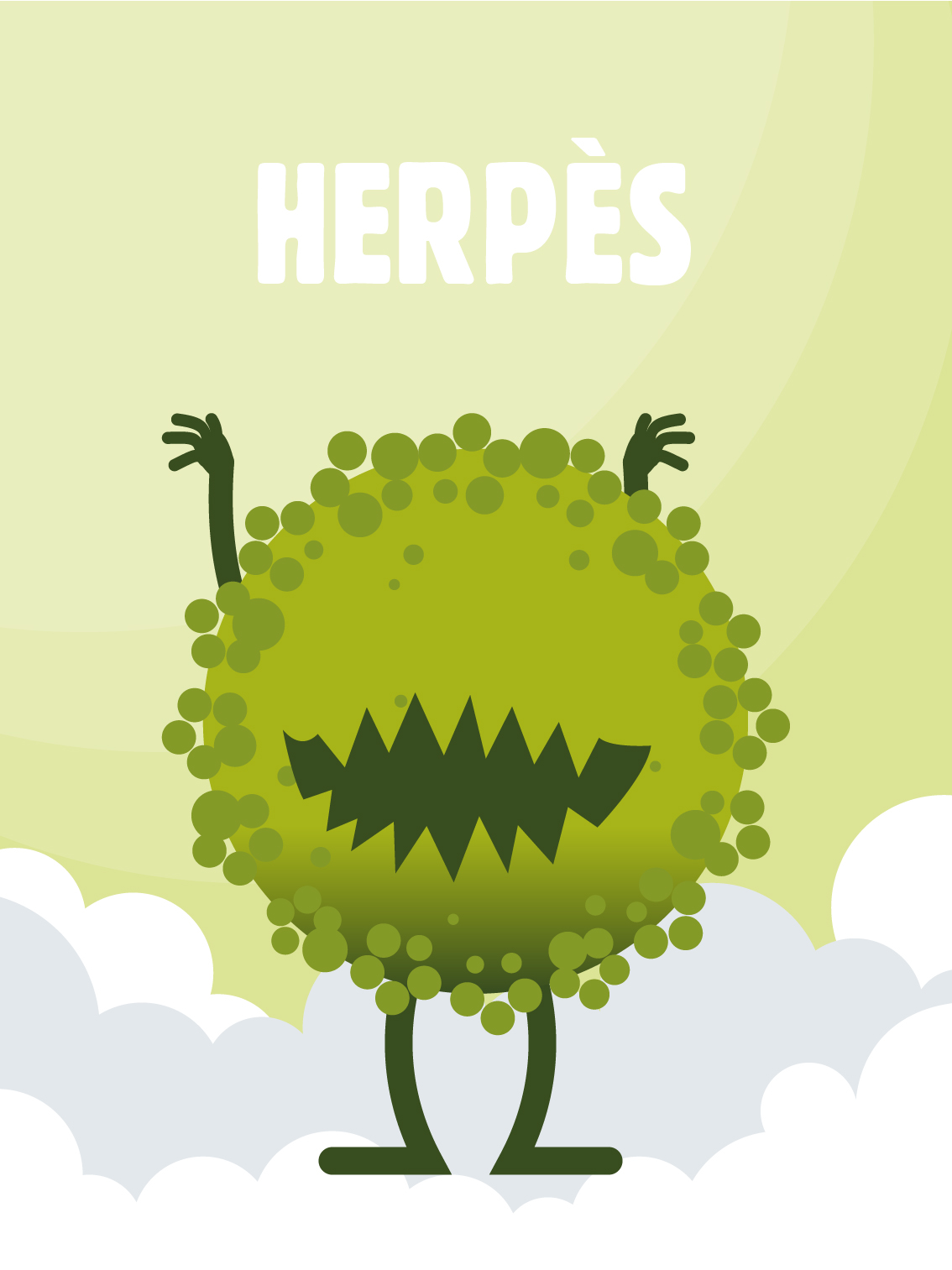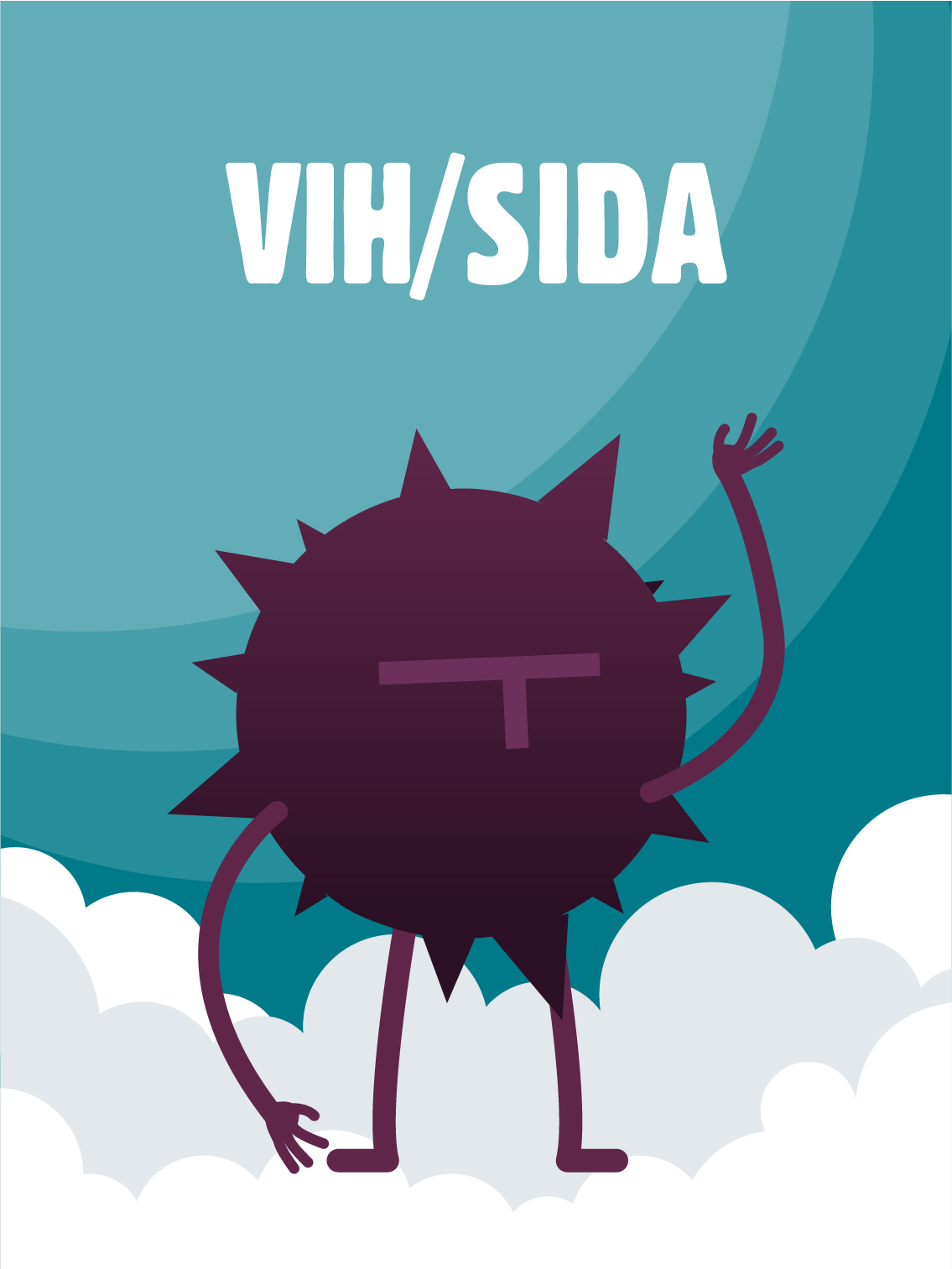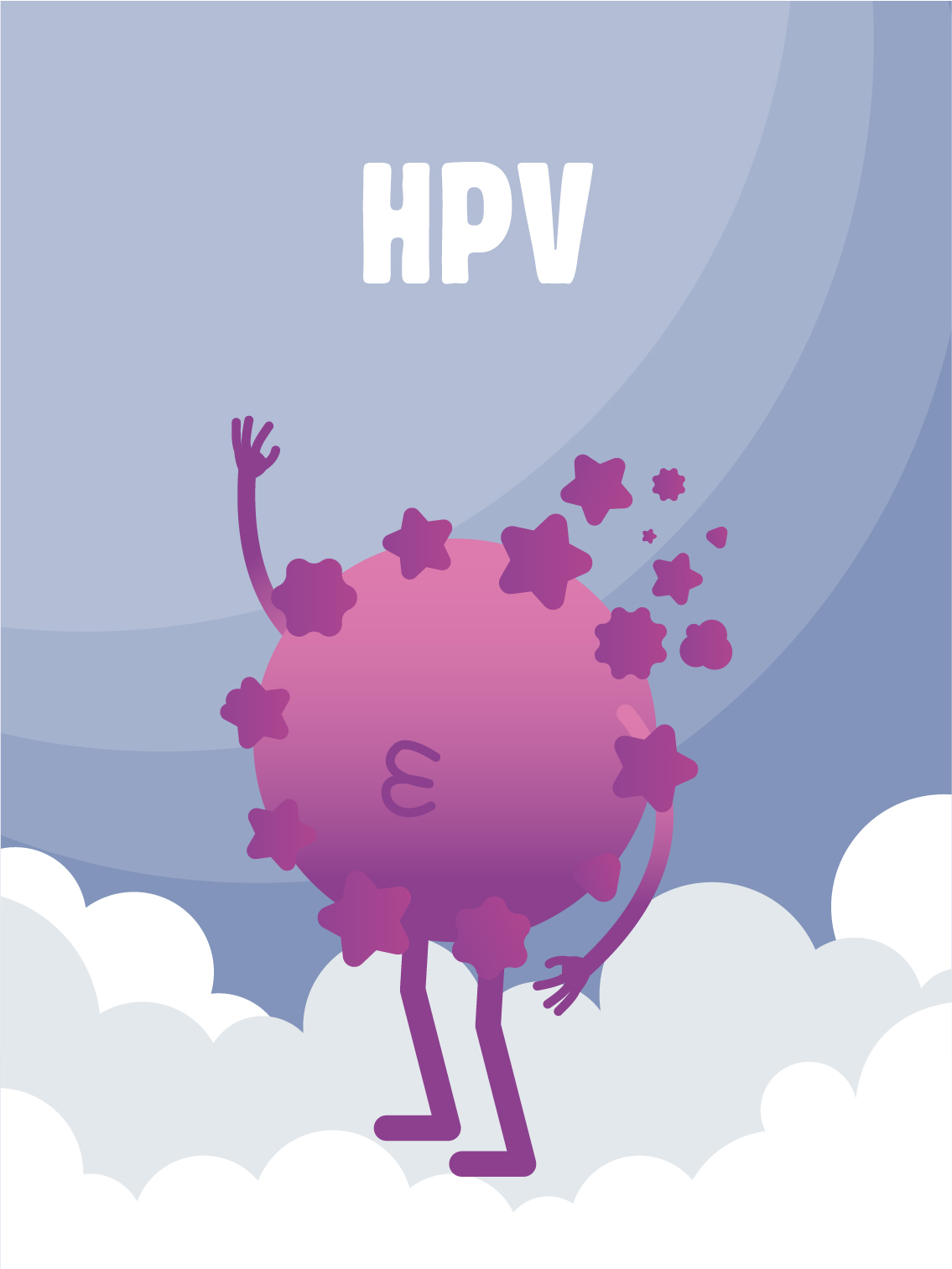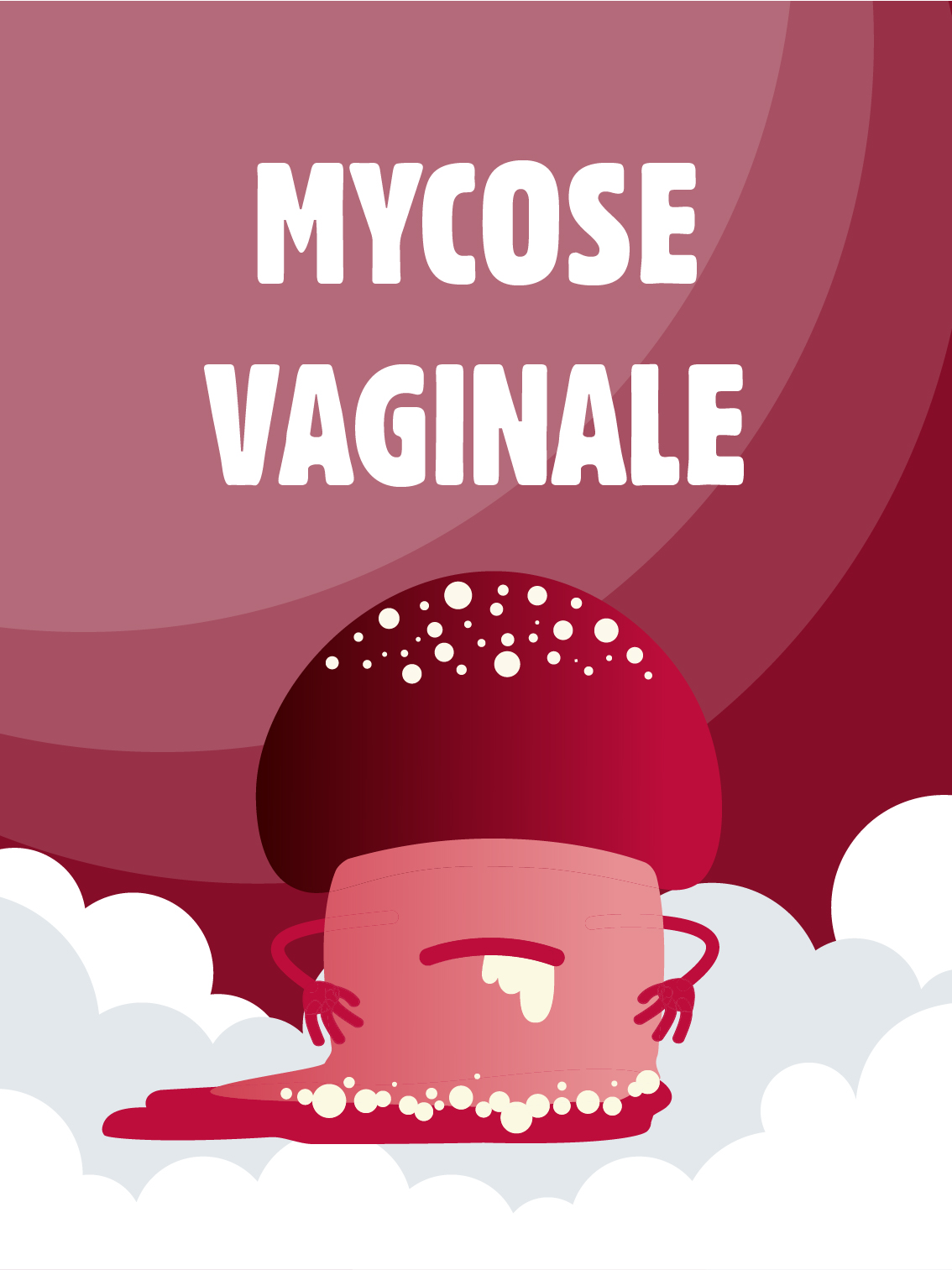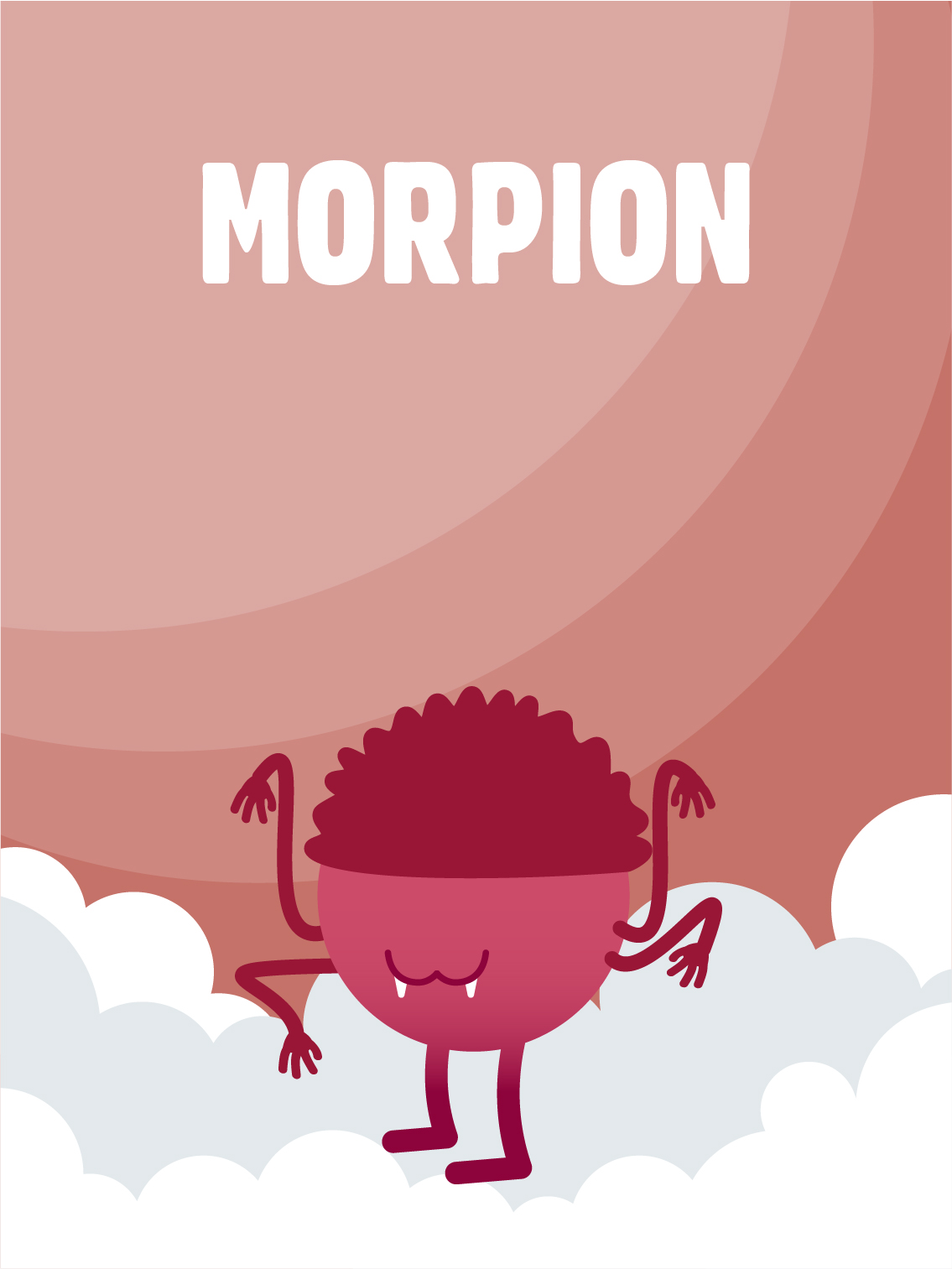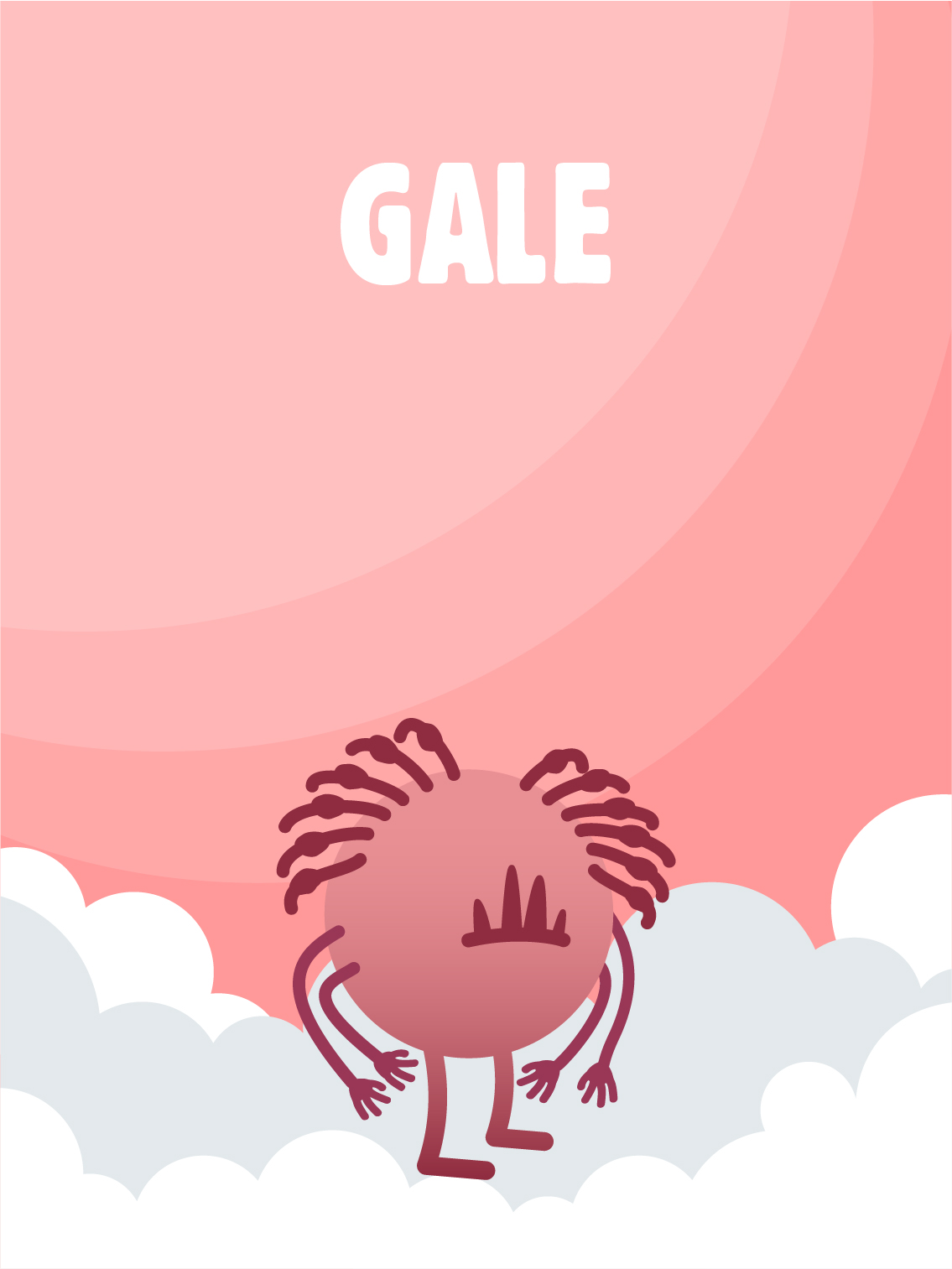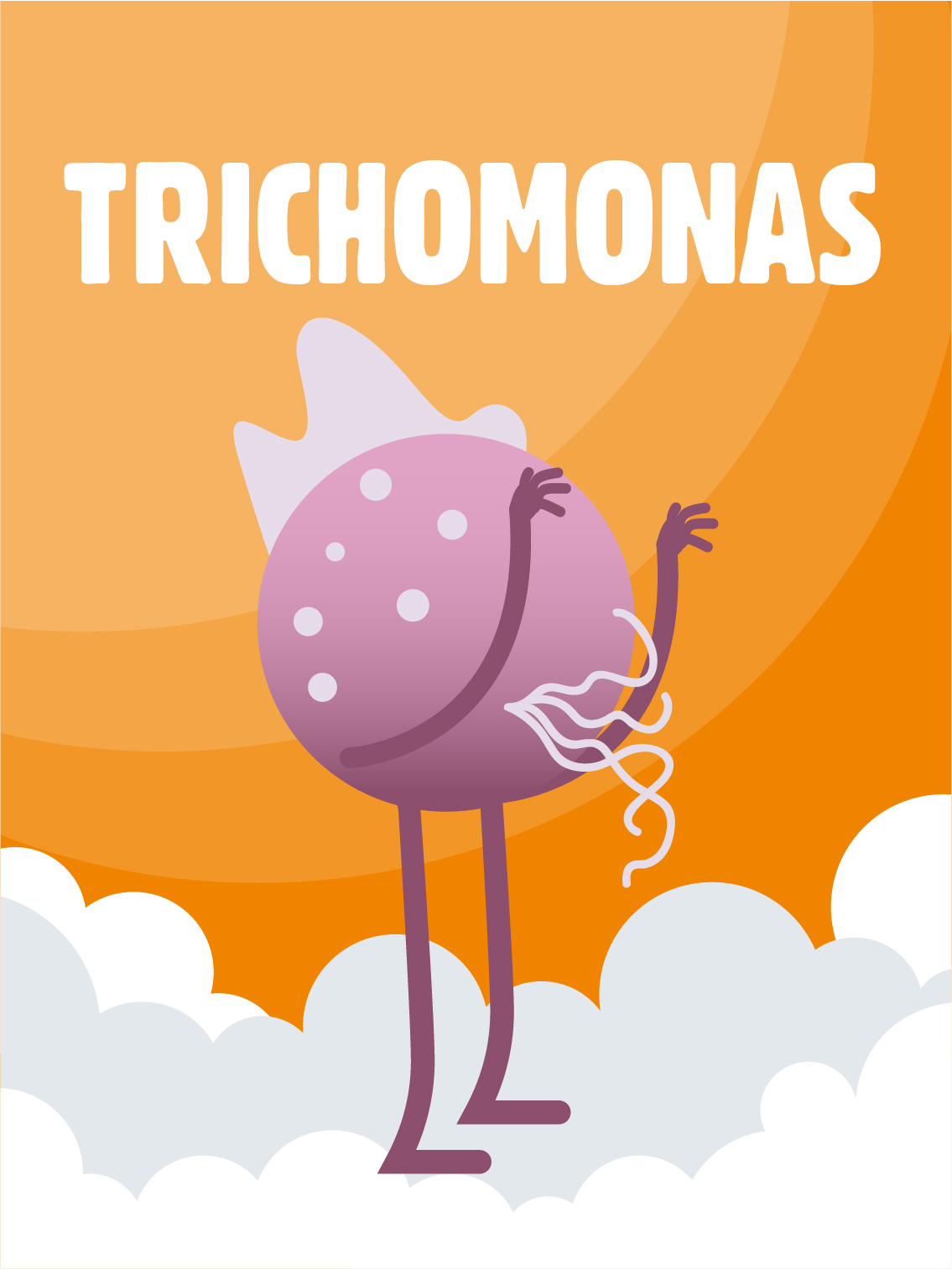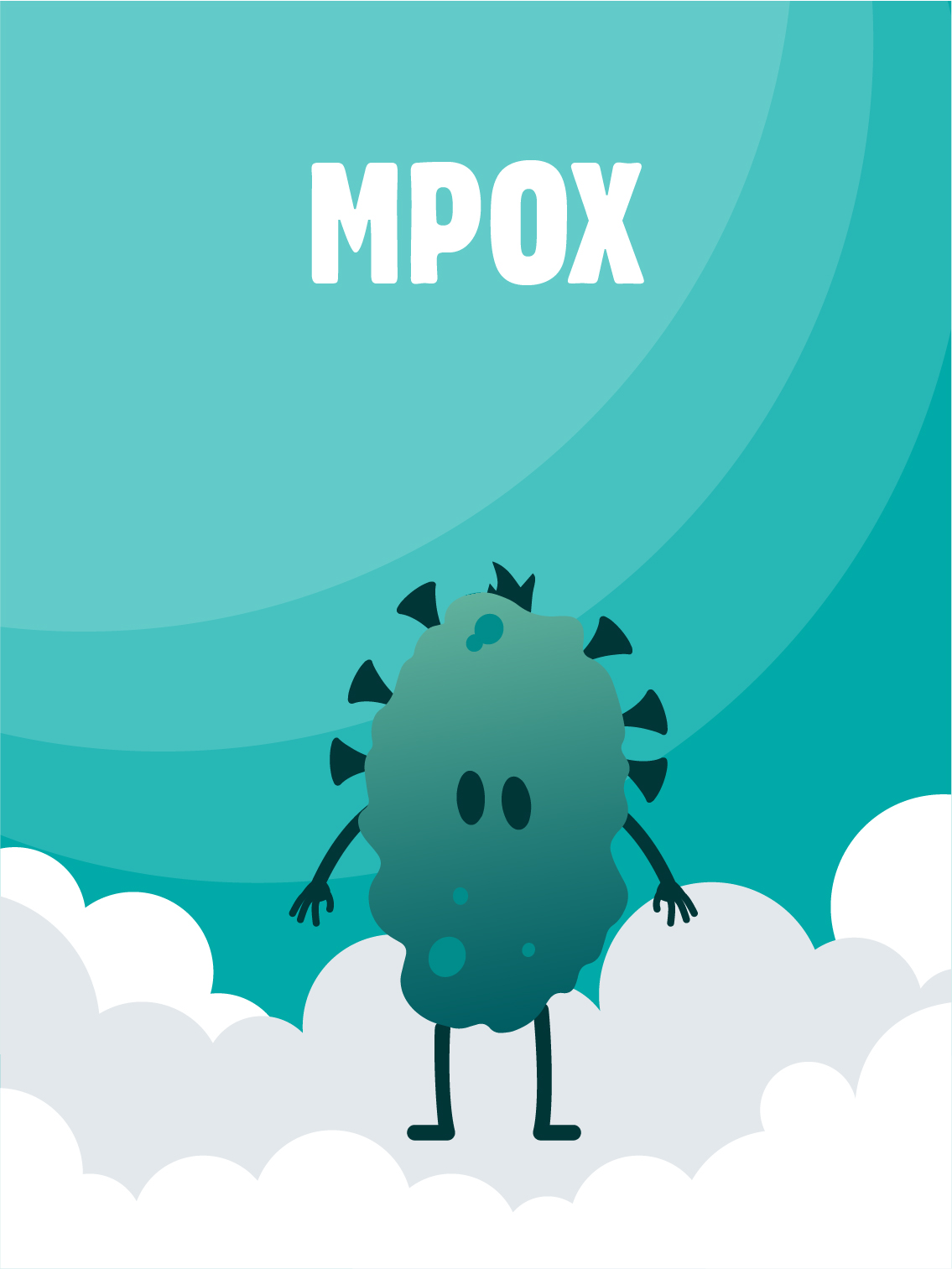HIV/AIDS
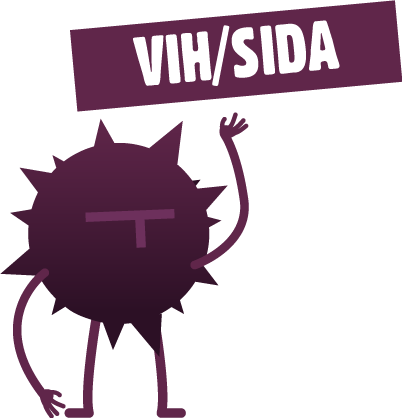
The human immunodeficiency virus (HIV) is a sexually transmitted infection responsible for Acquired Immunodeficiency Syndrome (AIDS) if left untreated. In the AIDS stage, the virus weakens the immune system, making it vulnerable to multiple opportunistic infections. Thus, HIV/AIDS remains a fatal disease if left untreated.
According to Sciensano (2023), 597 new cases of HIV were registered in Belgium in 2022, or 1.6 new cases per day. Heterosexuals are as much affected as homosexual men, each accounting for 48% of new cases in 2022.
People with penises are the most affected by HIV infection, accounting for 74% of newly diagnosed HIV-positive cases in 2021. This represents a 10% increase on 2020 (Sciensano, 2022).
In Belgium, the number of undiagnosed people living with HIV was estimated at 1155 in 2021 (Sciensano, 2022).
HIV/AIDS is transmitted:
- contact between an infected person's contaminating fluids (blood, pre-ejaculatory fluid, semen, vaginal secretions or breast milk) and mucous membranes* or an open wound;
- when using injection equipment already used by an infected person;
- during pregnancy, childbirth and breastfeeding (mother-to-child transmission), but the risk of transmission is largely reduced by treatment.
Mucous membranes: very thin and highly vascularised walls present in the orifices (vagina, anus, nose, throat, ear, eye) and around the glans.
Between 2 and 8 weeks after infection, the virus is very active and multiplies in the body. It is during this period of primary infection that it is most easily transmitted to your partners.
Symptoms, very similar to those of influenza, may appear between 2 and 8 weeks after infection:
- Fatigue
- Weight loss
- Night sweats
- Swollen nodes (armpits, neck, groin)
- Fever
- Muscle pain
- Skin rashes.
- Diarrhea
After this primary infection, the person with HIV no longer experiences any symptoms, but the virus continues to grow in the body.
Warning: the symptoms of primary HIV infection are very similar to those of the flu, and the flu is much more widespread. If you notice these symptoms, it's much more likely that you're actually suffering from the flu rather than HIV. Only a test carried out 6 weeks after taking a risk will tell you whether you've been infected with HIV.
For several months or years, HIV infection remains undetected. Then the disease - the AIDS stage - appears. At an advanced stage, it can lead to serious complications due to a decline in immune defenses: opportunistic infections and cancers.
If HIV infection is not treated in time, it progresses to AIDS (Acquired Immune Deficiency Syndrome), with serious complications such as various infections, the risk of cancer and more serious cardiovascular disease, and even death.
HIV/AIDS screening is performed :
- via a blood test
- via an immediate result test
HIV/AIDS screening tests are available.
Partners should also be screened and treated to prevent the spread of the virus and, above all, to enable them to get treatment and thus avoid complications from the various infections they may contract.
In 2024, HIV treatment blocks the development of the virus in the body and reduces infection to the point where the virus is undetectable.
However, there is no cure for HIV, and treatment must be lifelong.
There are also preventive treatments against HIV that can be prescribed to HIV-negative* people at high risk of infection:
- PrEP (Pre-Exposure Prophylaxis): treatment to be taken on a daily basis or before any risk-taking**.
- TPE (Traitement Post-Exposition): emergency treatment to be taken as soon as possible and no later than 72 hours after taking a risk**.
These treatments block the installation and development of HIV in the body.
* HIV-negative people are people who are not infected with HIV.
** Unprotected or poorly protected sexual intercourse (condom breaks, etc.) using a means of protection is considered to be risk-taking.
Protecting yourself from HIV/AIDS:
- uses a condom (external or internal), a latex square (in case of menstruation)
- PrEP
- uses sterile injection equipment
To reduce the risk of microcracks, remember to use lubricant during sex.
For HIV-positive pregnant women, treatment is highly effective in reducing the risk of transmission from sire to child.
Other STIs
Other infections
Sources
HIV and AIDS. (n. d.). sciensano.be. https://www.sciensano.be/fr/sujets-sante/vih-et-sida#qu-est-ce-le-vih-
SearchResults - Professional edition of the MSD Manual. (n.d.). Professional Edition of the MSD Manual. https://www.msdmanuals.com/fr/professional/searchresults?query=infection+by+the+virus+of+the%e2%80%99immunod%c3%a9human+deficiency+(hiv)&icd9=042%3bv01.79%3bv08%3bmm462
Cachay, E. R. (2023, February 8). Human immunodeficiency virus (HIV) infection. MSD Manuals for the General Public. https://www.msdmanuals.com/fr/accueil/infections/infection-par-le-virus-de-l%E2%80%99immunod%C3%A9ficience-humaine-vih/infection-par-le-virus-de-l%E2%80%99immunod%C3%A9ficience-humaine-vih
HIV transmission. (n.d.). CATIE - The Canadian Source for Information on HIV and Hepatitis C. https://www.catie.ca/fr/la-transmission-du-vih
Sciensano (2022). Epidemiology of AIDS and HIV infection in Belgium: 2022 report.
Cachay, E. R. (2023, September 21). Antiretroviral treatment of human immunodeficiency virus (HIV) infection. MSD Manuals for the General Public. https://www.msdmanuals.com/fr/accueil/infections/infection-par-le-virus-de-l%E2%80%99immunod%C3%A9ficience-humaine-vih/traitement-antir%C3%A9troviral-de-l%E2%80%99infection-par-le-virus-de-l%E2%80%99immunod%C3%A9ficience-humaine-vih
How does PrEP work? - All you need to know about PrEP in Belgium (n.d.-b). https://myprep.be/?page_id=41

